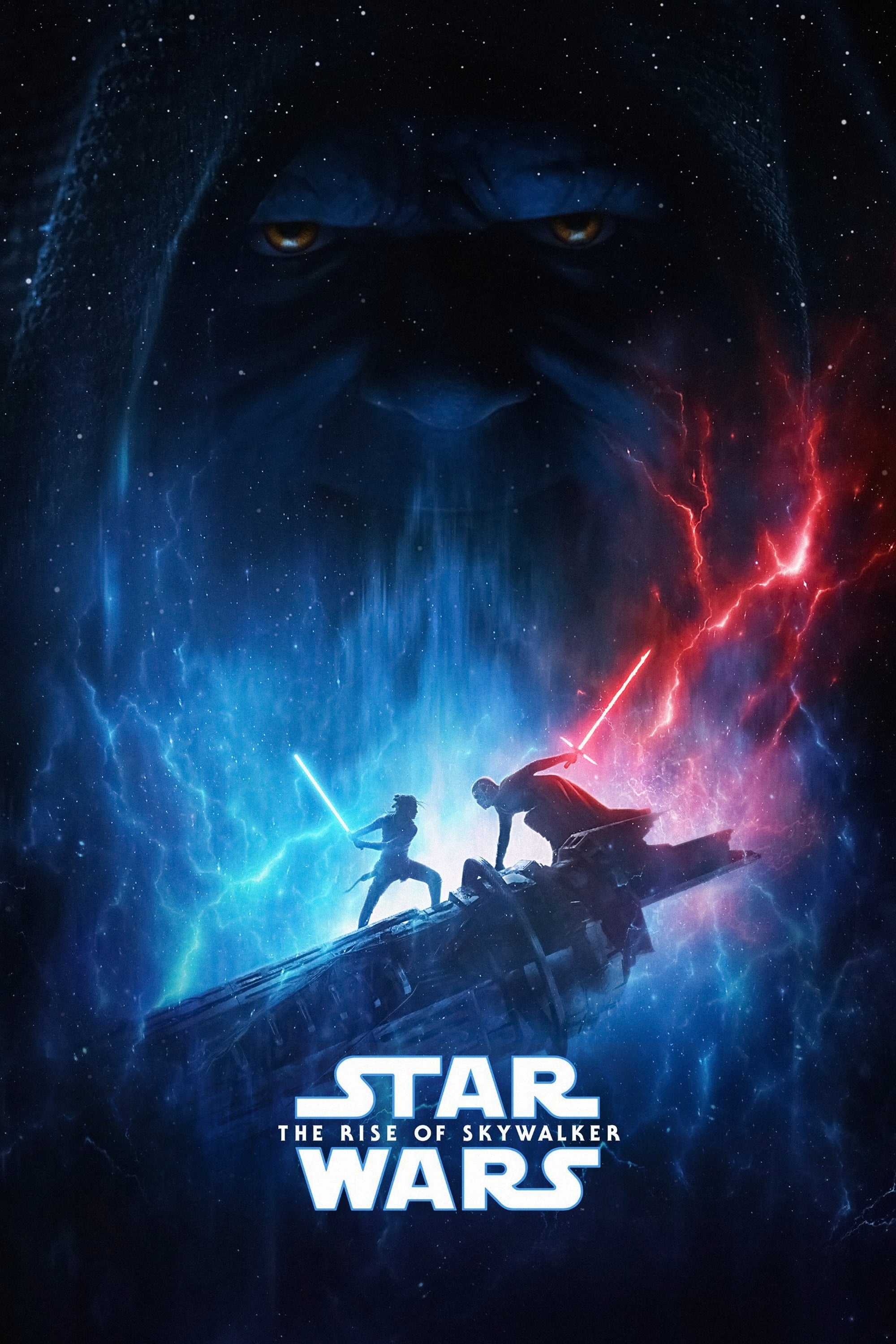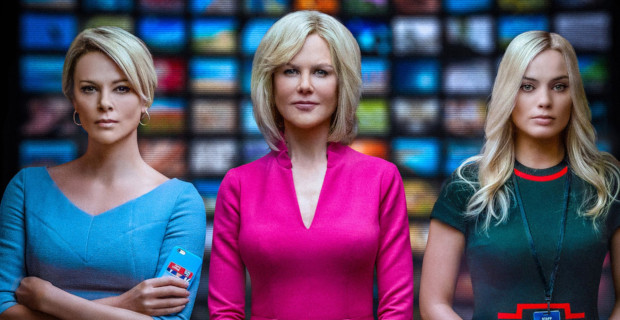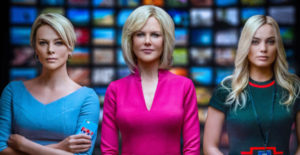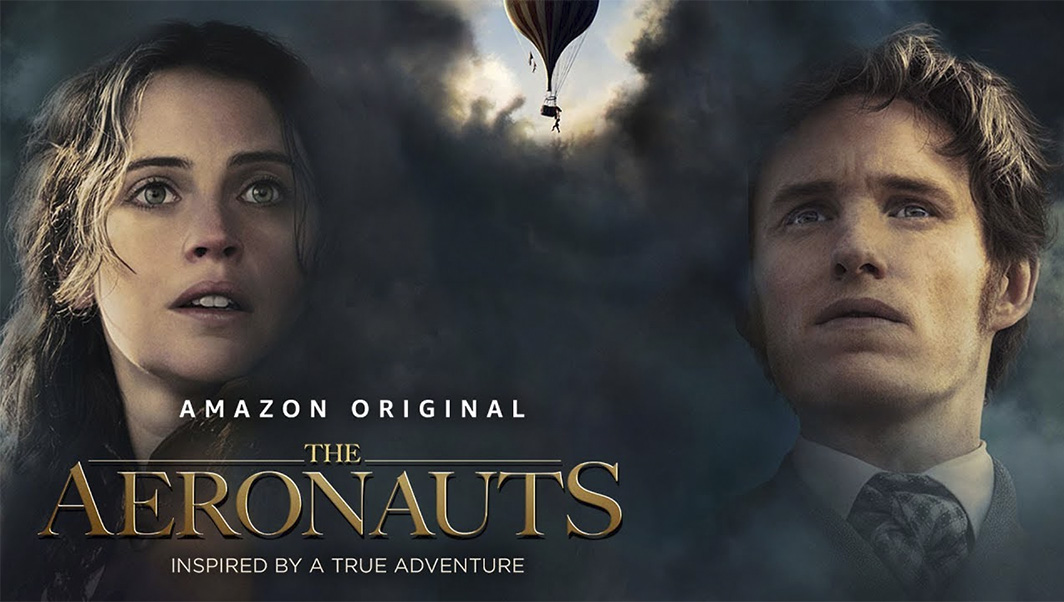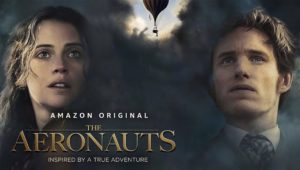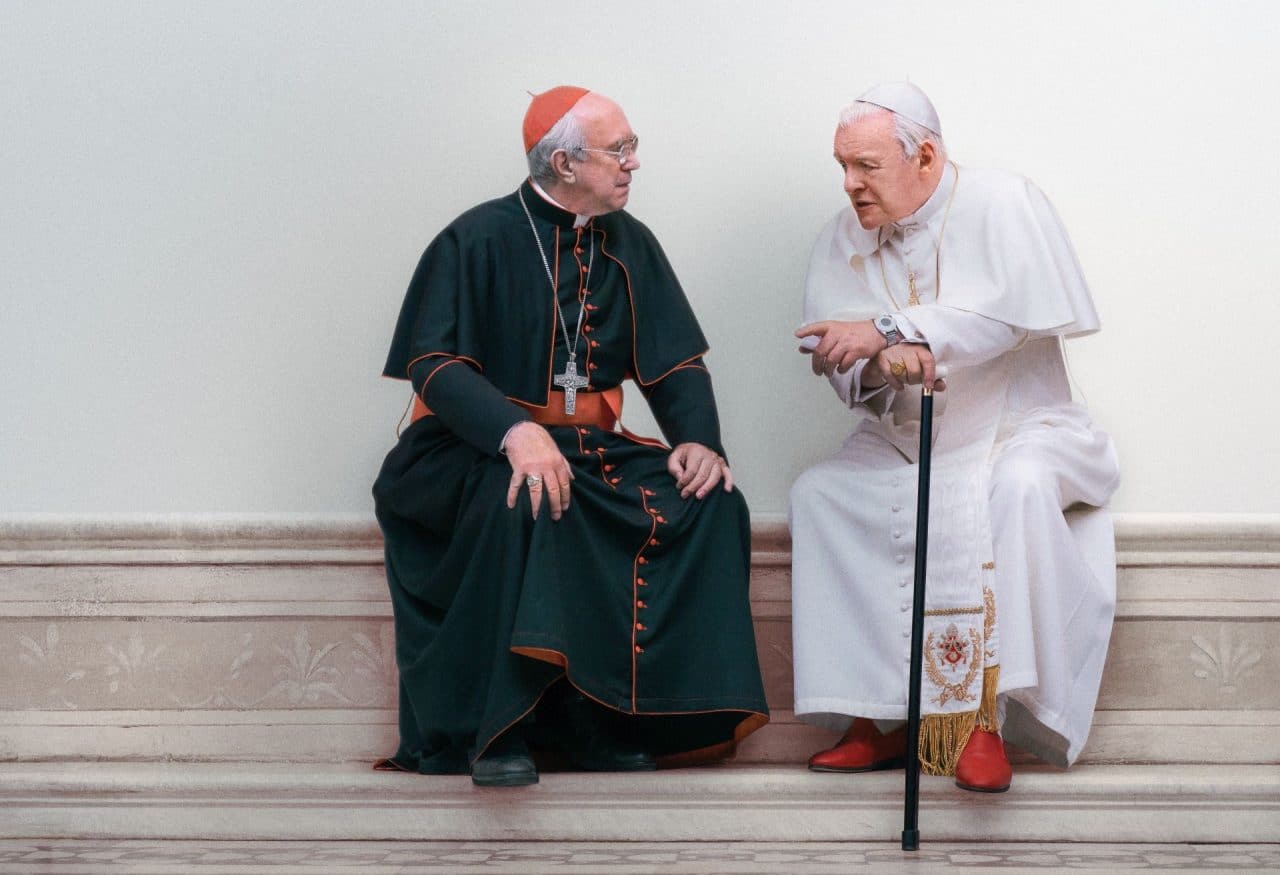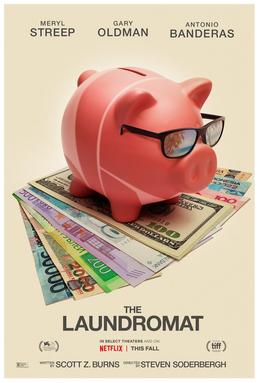Star Wars: The Rise of Skywalker
Posted on December 18, 2019 at 6:23 am
B +| Lowest Recommended Age: | Middle School |
| MPAA Rating: | Rated PG-13 for sci-fi violence and action |
| Profanity: | Mild language |
| Alcohol/ Drugs: | None |
| Violence/ Scariness: | Extended sci-fi/action-style peril and violence, sad death, characters injured and killed, some disturbing images |
| Diversity Issues: | None |
| Date Released to Theaters: | December 19, 2019 |

Now, go see the movie if you do not want to hear more, and come back afterwards to see what else I have to say so you can argue with me.
Once again, the heart of the story is Rey (Daisy Ridley), the former scavenger turned student of the force and Jedi trainee with Luke Skywalker (Mark Hamill), and her friends and colleagues, former Storm Trooper Finn (John Boyega) and hotshot, hothead pilot Poe Dameron (Oscar Isaac). Let’s take a moment to honor their superb performances, which have given so much to the series. In the midst of all of the action and hardware and locations and just-in-time rescues, all three of them have created vital, vibrant characters who give us a reason to care about all of the action. We also get to see the characters from Episode IV, including Carrie Fisher as Princess (now General) Leia, Hamill as Skywalker, Harrison Ford as Han Solo, and Billy Dee Williams as Lando Calrissian, along with droids C-3PO and R2D2 and the Wookiee, Chewbacca. And the conflicted nemesis Kylo Ren (Adam Driver) is back, along with General Hux (Domhnall Gleeson). There’s a brief surprise appearance that had people in the theater cheering, and a return to an iconic location.
So, much is familiar. At the end of “The Last Jedi” the rebel forces were almost entirely wiped out, with no response to their distress signals. And the bad guys who are ruthless fascists, want to take over that galaxy far, far, away. You might think there are only so many times someone can say “If this mission fails, it’s all been for nothing,” but I admit freely, for me, at least a couple more.
Remember how “New Hope” kicked off by sending a secret spy message to Obi-Wan Kenobi? Well, here we are again, with a message from a mole — perhaps we might call him/her a whistleblower — inside the bad guy organization. I do not want to give too much away by saying what they are calling themselves now or who is behind it. I will only say that the message shows they are planning some very bad stuff and the Death Star looks like a slingshot by comparison with what they have now.
So It is time to get Rey back from Luke’s remote island retreat, something between a spa and boot camp. One question is whether Kylo Ren will be on board. He is literally offered “everything” if he will just prove himself by killing Rey, and the glints of red reflecting in his eyes suggest that rage is still his primary motivation. His connection to Rey, including a sort of psychic Skype communication they have with each other across the galaxy, could make him waver. Or, it could make her waver. He offers her the same “everything” he is tempted by.
This is not about the set-up, though; it is about the adventure, and J.J. Abrams takes us from one planet to another, with chases, escapes, explosions, and new characters. I was disappointed that this movie did not pick up on some of the most intriguing elements of “The Last Jedi” and even more disappointed that it countermanded one I considered among the most significant, SPOILER ALERTS tilting some of the series’ most fundamental existential premises away from individual determination toward a less appealing notion of destiny pre-ordained. I did not care for some new Force powers, which also undermine the original trilogy’s premises, or for some of the developments of the last half hour. I did enjoy some new characters, including one from Poe’s past played by Keri Russell and a rebel alliance-friendly group who ride horse-like creatures and even use a bow and arrow, a nice break from all the laser beams and spaceships. There’s a kind of nutty detour to a sort of Ren Faire that was a hoot. One of my favorite characters continues to be the Millennium Falcon (pronounced both FALL-kin and FAAL-kin here!), and I loved every minute it was on screen. I got a kick out of the callbacks, including an “I’ve got a bad feeling about this.”
Abrams was given thousands of threads to tie together, and if what he wove is uneven it is heartfelt and mostly a lot of fun to watch. That is all the force I need.
Parents should know that this film includes extended sci-fi/action peril and violence with some graphic and disturbing images, sad deaths, and characters who are injured and killed.
Family discussion: How did what she learned change Rey’s ideas about herself? Why did Leia pick Poe?
If you like this, try: the other “Star Wars” films and the work of Joseph Campbell, who was one of George Lucas’ inspirations in creation the series

